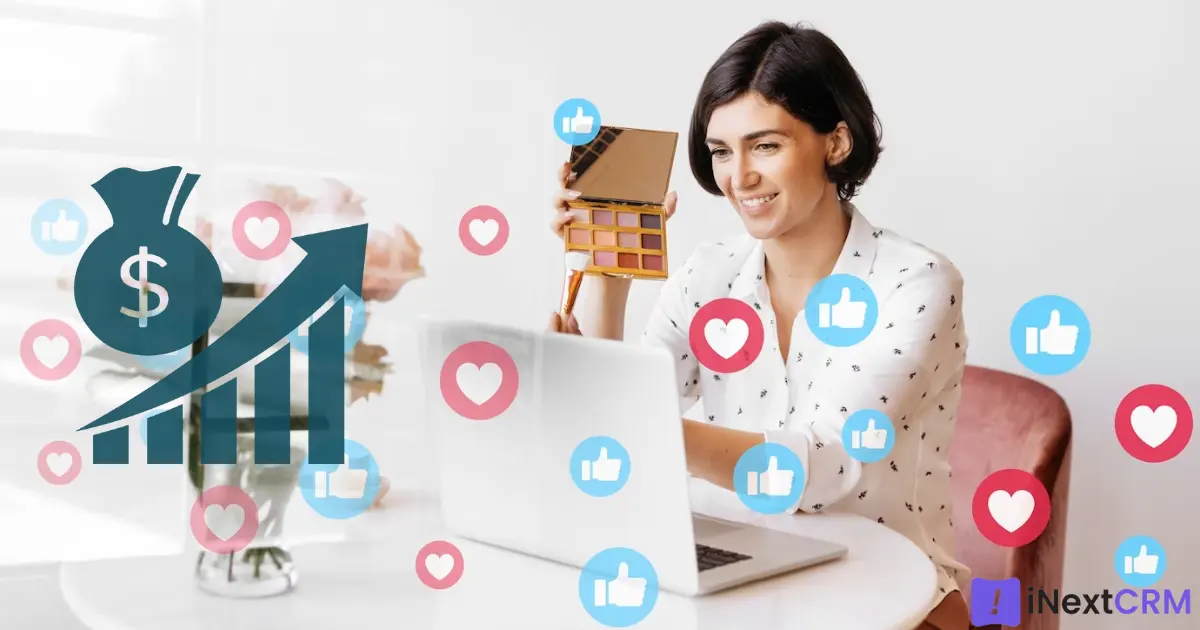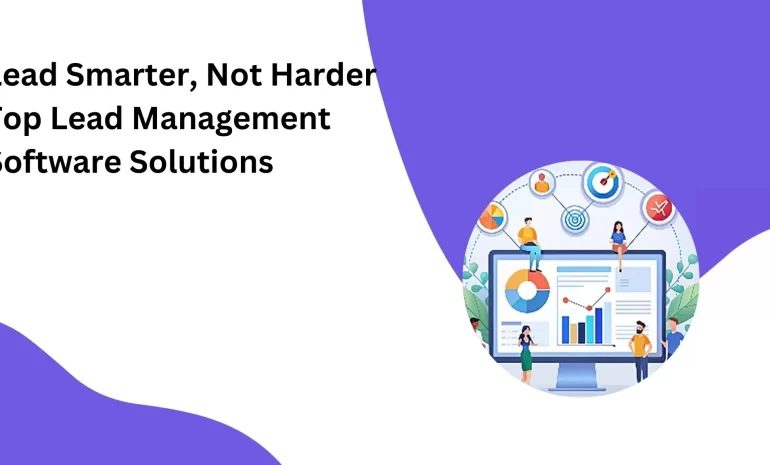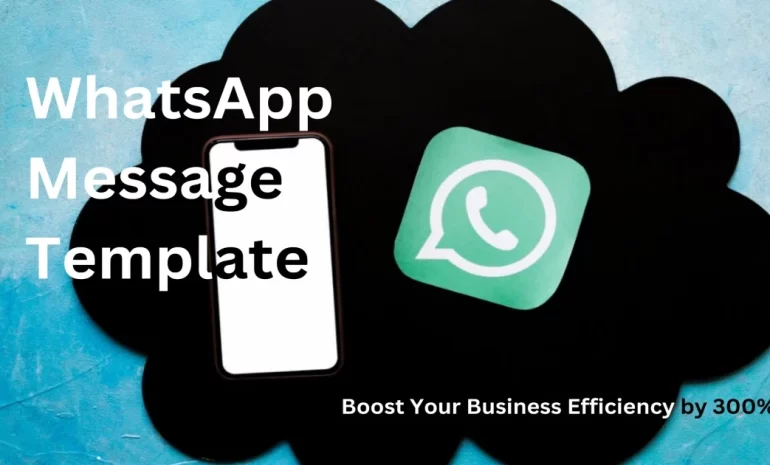In today’s digital age, social media has transcended its role as a mere platform for socializing and connecting with friends. It has evolved into a powerful tool for businesses to engage with their audience, drive brand awareness, and boost sales. According to a study, 66% of digital marketers who invest at least six hours per week in social media marketing have successfully generated more leads than their competitors. This statistic underscores the immense potential of social media in the realm of sales and marketing.

In this blog post, we will delve into the significance of social media at each stage of the sales funnel and explore how it can be harnessed to maximize your business’s growth.
What is a Social Media Funnel?
Before we dive into the role of social media in the sales funnel, let’s clarify what a social media funnel actually is. Essentially, it’s a conceptual model that outlines a customer’s journey from being a visitor to becoming a paying customer. This funnel illustrates the path that individuals take as they progress from simply being aware of your brand to making a purchase.
To effectively utilize a social media funnel, it’s crucial to comprehend the mindset of social media users. This involves knowing when and how to share content that resonates with your audience, driving them towards becoming loyal customers.
When executed correctly, a social media funnel serves as a roadmap for your marketing efforts, indicating the strategies that should be implemented at each stage to guide potential customers towards becoming enthusiastic advocates of your products or services.
Role of Social Media in the Sales Funnel
Let’s explore the pivotal role that social media plays in constructing a successful sales funnel by dissecting each stage:
Stage 1: Awareness
At this initial stage, new visitors become aware of your product or brand. This often occurs when your existing followers share your content with their network, leading to new likes and followers for your page. To truly understand your audience, consider methods such as surveys, emails, or even cold calls to gather valuable data. This data can then be used to create tailored funnels for different types of buyers.
Stage 2: Interest
In the interest stage, new visitors are beginning to familiarize themselves with your brand. They engage with your posts by liking and commenting, signaling their curiosity. Recognizing that every buyer is unique, creating distinct funnels tailored to their decision-making journey becomes pivotal. Matching their experiences helps provide a more personalized journey.
Stage 3: Decision
By the time your audience reaches the decision stage, they are closely evaluating your offerings. At this point, they are making the crucial decision to purchase your services or products. Depending on your budget, you can employ one of two lead generation approaches – paid advertising or organic promotion.
Stage 4: Action
In this stage, you are encouraging your audience to take action and make a purchase. Webinars are an excellent way to gather your audience in one place and motivate them to invest in your products or services. It’s essential to make them feel comfortable during the session by providing valuable insights or tips.
Stage 5: Retention
Even after the sale is made, your work on social media is not complete. Engaging with your audience through post-sale queries and concerns is vital for customer retention. Building loyalty can be achieved by rewarding customers for referrals, encouraging them to write testimonials and reviews, and sharing informative and unique content related to your products.
Social Media Funnel Examples
To better grasp the concept of a social media funnel in action, let’s look at a couple of examples:
- Groupon:
- Groupon effectively welcomes visitors with a pop-up when they arrive on their website. Visitors are often directed to their site through affiliates, advertisements, or email lists.
- Autogrow.co:
- Autogrow.co generates organic traffic through weekly articles and newsletters. To convert visitors, they offer enticing demos and video presentations, eventually leading to conversions. On their homepage, they transparently display pricing for instant conversions.
Conclusion
Understanding the role of social media in the sales funnel is paramount in today’s digital landscape. By harnessing the power of social media, you can convert visitors into loyal customers. Rather than building a regular customer base, you have the opportunity to create a devoted community of customers who advocate for your products and services.
Incorporate the tactics mentioned in this blog post to effectively guide your audience through each stage of the social media funnel. As you implement these strategies, you’ll witness the transformation of casual visitors into passionate and committed customers.
For CRM Solution or Business Automation Service, feel free to reach us at biz@inextcrm.com or call/WhatsApp at +91-7506506672.


